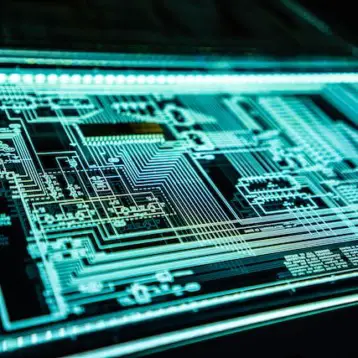|
Motion 2 Energy (M2E) is developing a system that transforms kinetic energy into electric power. Unlike other products of this kind, the M2E system is based on standard components and its manufacturing cost is about the same as that of conventional lithium ion batteries. M2E’s solution was originally developed at the Idaho National Lab and was initially intended for military use. Today, heavy batteries are affecting soldiers’ ability to fight. The M2E solution eases soldiers’ weight load and creates a self replenishing source of energy. M2E’s innovation has to do with the architecture of magnetic coils, but the real breakthrough of their technology is that unlike similar previous innovations, which were limited to a small number of applications, it can be applied to motor generators of every size.
M2E is based on Faraday’s law of induction – producing energy via the motion of a magnet through a wire coil; similar utilization is found in the shaker flashlight and self-charging watch batteries. However, because of their low power output, such solutions are limited to simple low-wattage applications. In contrast, M2E’s patent-pending innovations enable the generation of significantly more power and therefore, can be used in a wider range of devices. Although the exact details are classified, it is known that M2E’s commercial technology will combine energy generation (micro power) technology and energy storage (battery) components.
Besides the aforementioned military application, there are numerous civil fields that can benefit from this technology. The hassle of recharging or buying batteries for everyday home and office uses can be eliminated, and the batteries’ weight could be discarded. Moreover, compliancy issues of electrical devices could be solved, as the only connection they will need is an adapter to the new system.
Other self-charging devices covered by TFOT include CSIRO’s self-charging clothes and a device developed by the British company “The Facility”, named Pacesetters, which turns mechanical movement associated with footsteps or transport vibration into electricity.
More details on the M2E technology can be found on the company’s website.











